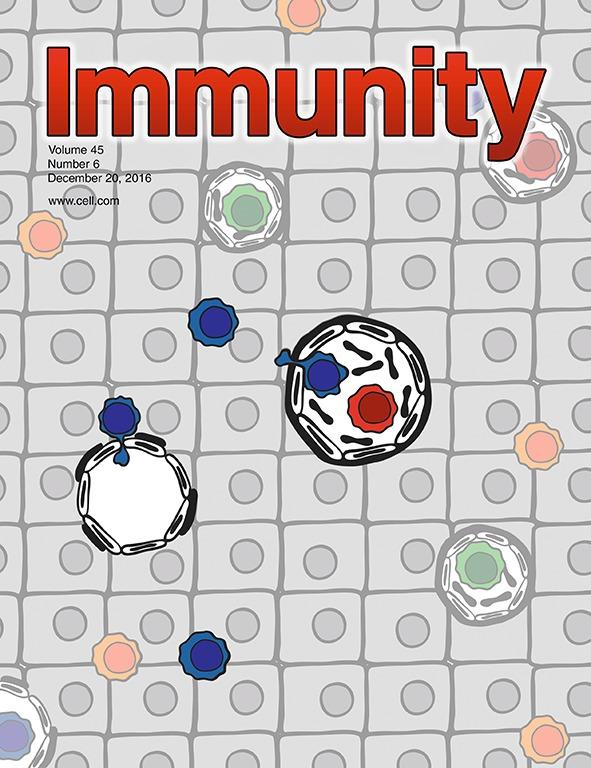Citation:
Date Published:
2016 12 20Abstract:
Infections induce pathogen-specific T cell differentiation into diverse effectors (Teff) that give rise to memory (Tmem) subsets. The cell-fate decisions and lineage relationships that underlie these transitions are poorly understood. Here, we found that the chemokine receptor CX3CR1 identifies three distinct CD8+ Teff and Tmem subsets. Classical central (Tcm) and effector memory (Tem) cells and their corresponding Teff precursors were CX3CR1- and CX3CR1high, respectively. Viral infection also induced a numerically stable CX3CR1int subset that represented ∼15% of blood-borne Tmem cells. CX3CR1int Tmem cells underwent more frequent homeostatic divisions than other Tmem subsets and not only self-renewed, but also contributed to the expanding CX3CR1- Tcm pool. Both Tcm and CX3CR1int cells homed to lymph nodes, but CX3CR1int cells, and not Tem cells, predominantly surveyed peripheral tissues. As CX3CR1int Tmem cells present unique phenotypic, homeostatic, and migratory properties, we designate this subset peripheral memory (tpm) cells and propose that tpm cells are chiefly responsible for the global surveillance of non-lymphoid tissues.

Cover by Carmen Gerlach
